Ankylosing Spondylitis Treatment
Body Part:
Back & Hips
Equipment:
Midi Foam Roller
Level:
Beginner
Body Part:
Back & Hips
Equipment:
Midi Foam Roller
Level:
Beginner
Ankylosing spondylitis, also known as Bechterew’s disease, can be difficult to spot. It’s a disorder that causes back pain, and since back pain is one of the most common medical conditions worldwide, ankylosing spondylitis is easy to overlook or mistake for another ailment.
What differentiates ankylosing spondylitis from other back pain conditions is when you feel the discomfort. If you find that your back actually feels worse after periods of inactivity (like when you wake up from sleeping or get up from sitting) and physical movement alleviates your pain, you may have ankylosing spondylitis.
Ankylosing spondylitis is a chronic inflammatory arthritis that causes your vertebrae to fuse together and reduces the flexibility of your spine, back muscles, and bones. It starts in your sacroiliac joints, which are between the base of your spine and pelvis and can spread to your hips, shoulder joints, and neck. Ankylosing spondylitis may cause curvature of the spine, giving you the appearance of being hunched over.
In addition to back pain, symptoms of ankylosing spondylitis include pain or stiffness in the shoulders, hips, thighs, pelvis, and buttocks. You may have difficulty taking deep breaths because of rib cage pain, experience weakness in your neck, or feel tired. An extreme case of ankylosing spondylitis can cause eye inflammation, light sensitivity, and blurred vision.
There is no known cause of ankylosing spondylitis, but it has been linked to genetics.
Although there is no cure for ankylosing spondylitis, the condition is manageable. We’ve developed an easy-to-follow Ankylosing spondylitis treatment that can help you tackle your symptoms, alleviate your pain, and increase your flexibility. Our exercise routine has been designed to target all areas where you may feel pain or stiffness in just 10 minutes. All you need is our midi foam roller and a chair.
Check out our YouTube video below or scroll down to get step-by-step instructions on how to perform our ankylosing spondylitis treatment.

Sign up for our free newsletter and discover how to manage your pain yourself. Every two weeks, we’ll deliver follow-along videos and articles to your inbox.
For this exercise, you’ll need our midi foam roller. To maximize the benefits of the Spinal Foam Roll Massage, roll slowly for about 2 minutes.
Buy Midi Foam Roller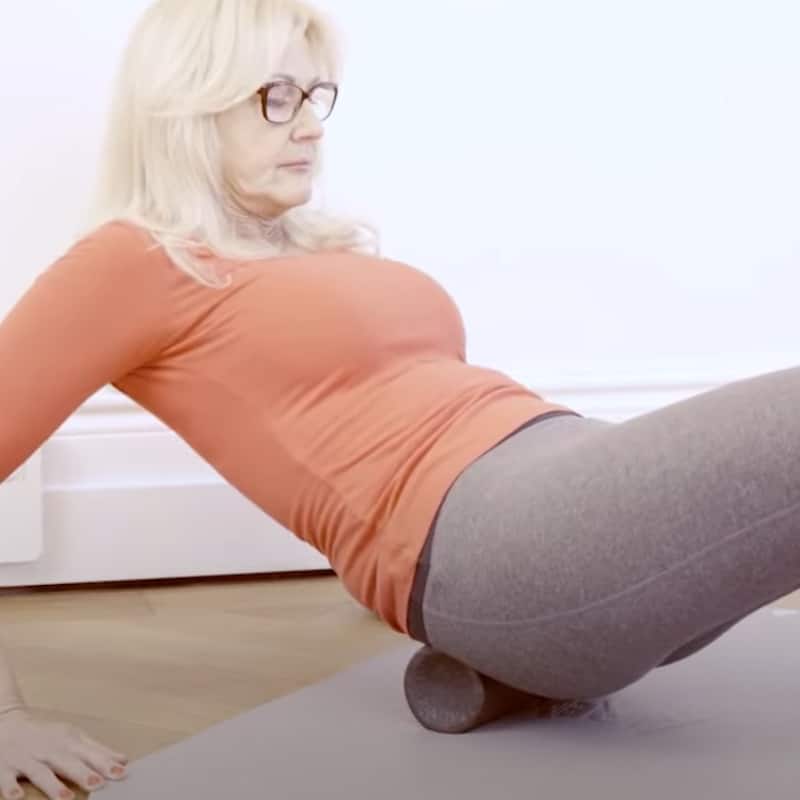
Is balancing on the midi foam roller a bit too challenging? No problem. Foam roll against a wall.
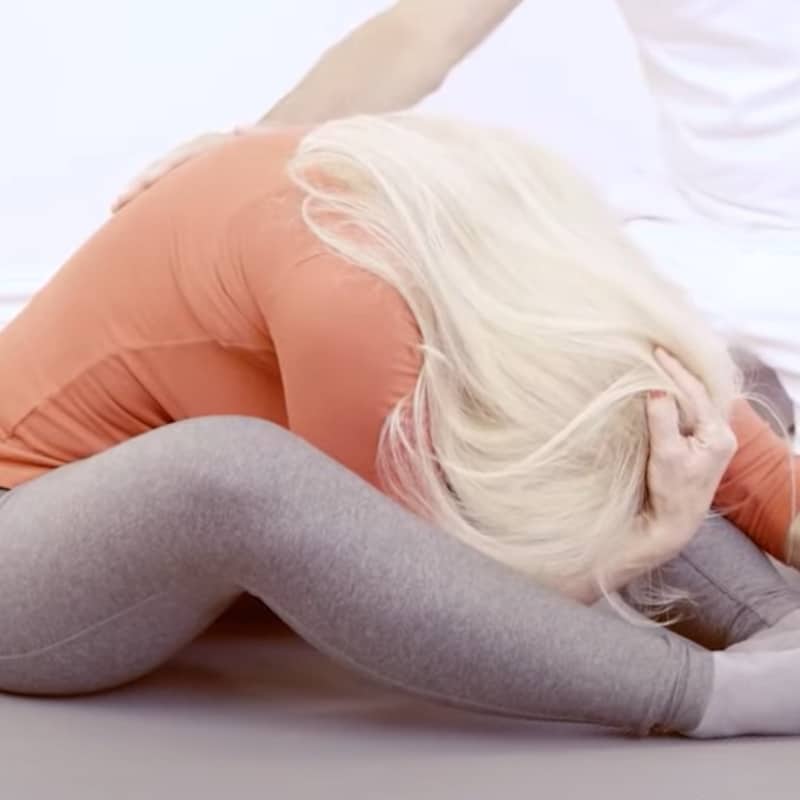
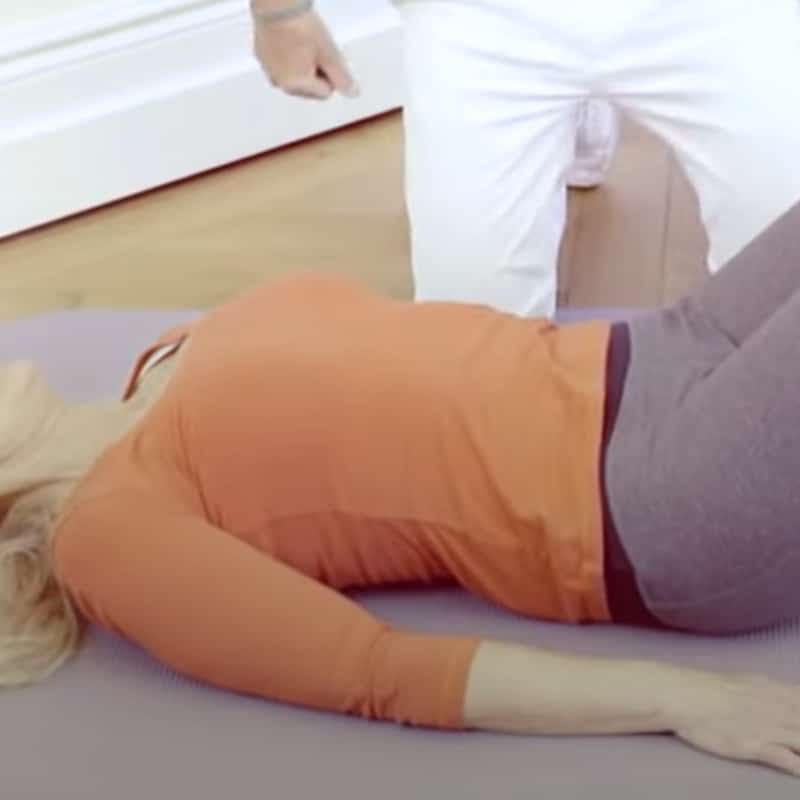
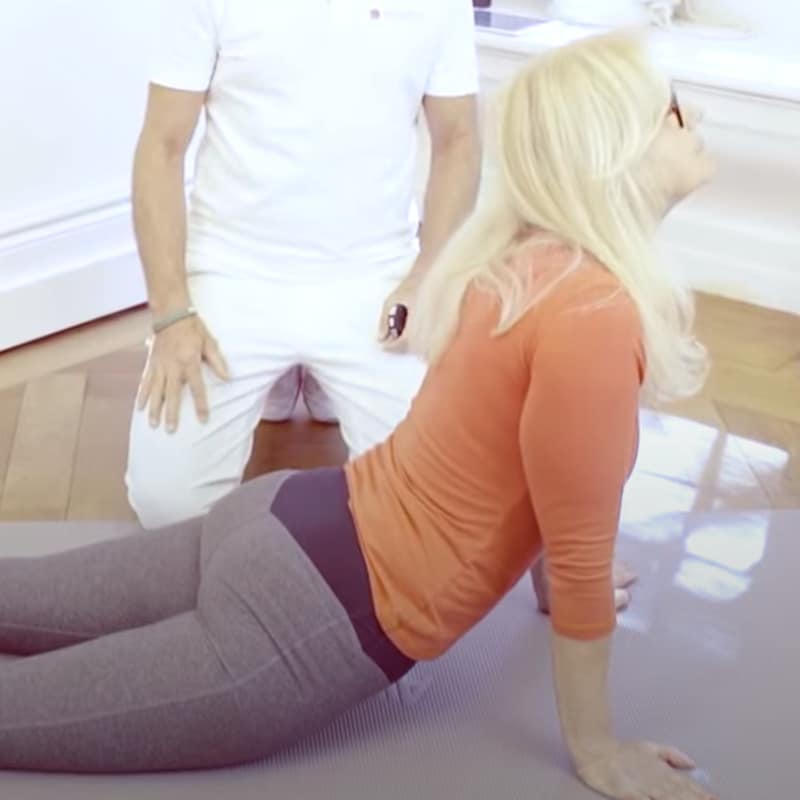
If you find this position too challenging, lay your pelvis on the floor and prop yourself up on your forearms.
Ready for a challenge? Intensify the stretch even further by pulling your shoulders down and tilting your head back until you’re looking at the ceiling.
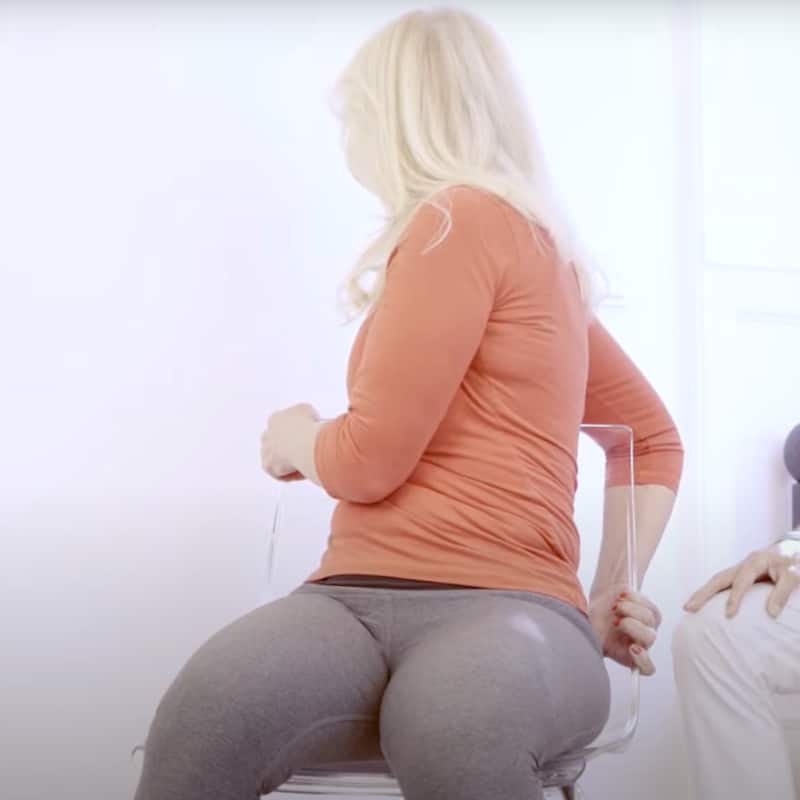
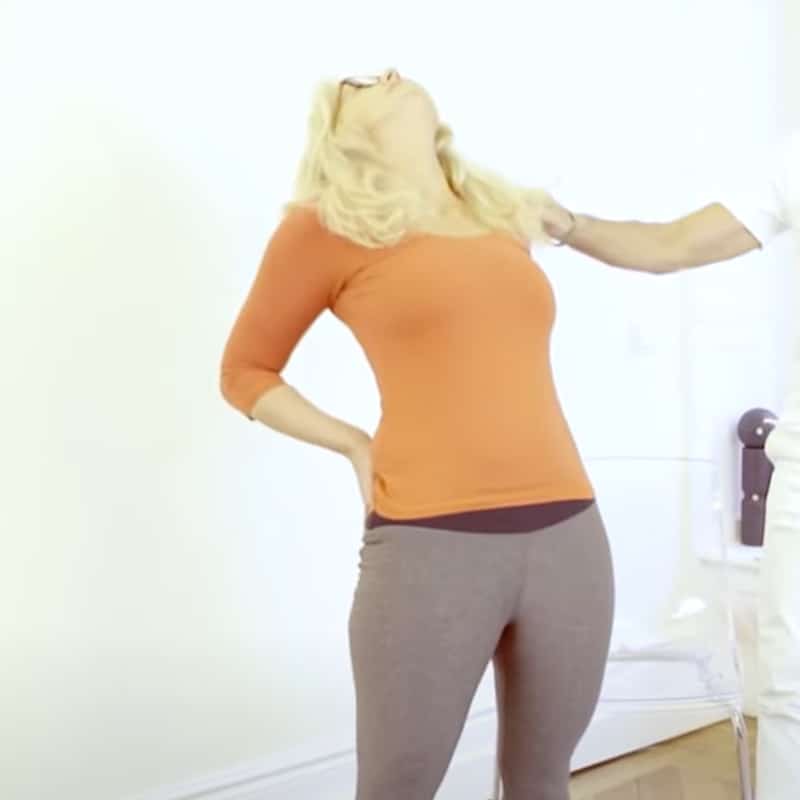
Perform our Ankylosing spondylitis treatment 6 days a week for a 4 week sprint. But don’t stop there. When your initial sprint is finished, continue exercising and adjust the frequency according to how your back feels.

Sign up for our free newsletter and discover how to manage your pain yourself. Every two weeks, we’ll deliver follow-along videos and articles to your inbox.
Then we would be happy if you shared it with your friends: